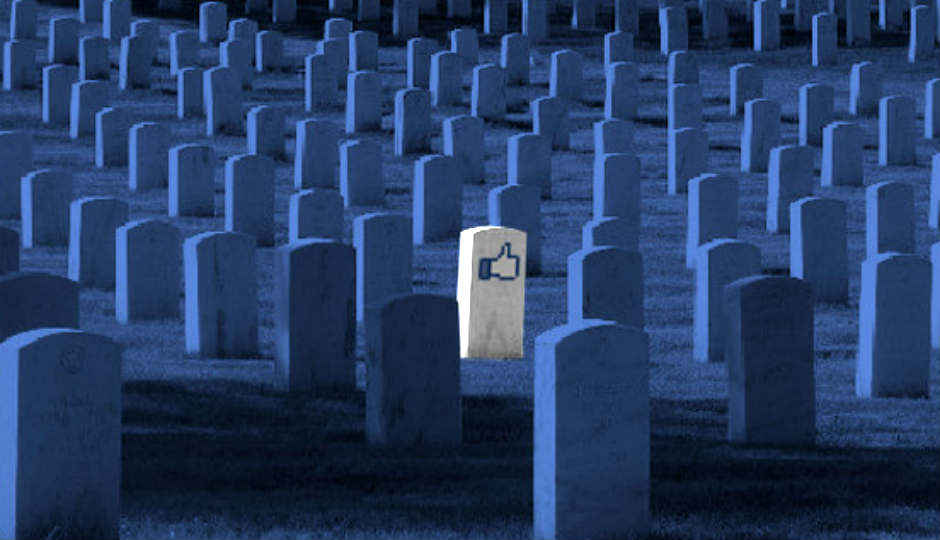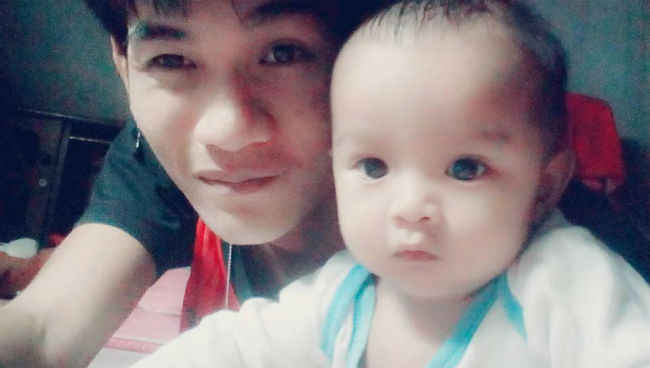Death On Social Media

Social media is witnessing a rapid rise in fatal incidents of violence, self-inflicted or otherwise. What causes someone to take a life on Facebook Live, or commit sexual assault on Snapchat? What is being done to curb this sick, disturbing phenomena? Just some of the many questions we attempt to answer
One usually associates social media with friends, family, random cat videos and a playground of stuff to trifle with. For many, places like Facebook (Yes, we call them places because of the sheer amount of time people spend inside them), Instagram, Snapchat, Twitter and more are nothing but excuses to boondoggle. Whatever might be the nature of social media, community building and friendships were always at the very core of its foundation, and while most would consider it safe enough to devote countless hours of their lives on these platforms, there are many for whom this so called safe haven has proven to be a deadly end.
Take for instance 11-month old Natalie Triratana, a baby girl from Thailand who was murdered by her own father on Facebook Live this April. Natalie’s father, a 20-year-old man named Wuttisan Wongtala, hung this little child and broadcasted her murder live on the world’s largest social networking platform. He then turned around and killed himself. It took more than 24 hours and 370,000 views, before Facebook removed those few gruesome minutes of footage. In its defence, Facebook did condemn the murder and called it “appalling.”
Wuttisan with his baby daughter
Baby Natalie’s vicious killing is not a standalone incident. Another fatal episode in April 2017, saw the murder of 19 year old Serena McKay from Canada, as she was beaten to death by two other high school girls who were reportedly on drugs. McKay was hit repeatedly and left for dead, and her entire ordeal was broadcasted live on Facebook. The disturbing video was even shared multiple times before Facebook finally took it down.
Serena McKay
Events like these are only on the rise, and beg to ask the question if social media is the driver behind these heinous acts. Public humiliation, some sort of sick gratification and buried voyeuristic inclinations, are just some of the many growth drivers for social media equivalent of snuff films like these. Tools that allow users to broadcast live, unchecked and unsupervised, have only added to the spate of such public slayings.
"The allure of fame, and the excitement of the attention, it's almost like it's intoxicating," N.G. Berrill, Executive Director of the New York Center for Neuropsychology and Forensic Behavioral Science told the Daily News. "Teenagers are notoriously bad at estimating risks, they're much more concerned about showing off to their peers," Pamela Rutledge, Director of the Media Psychology Research Center in California explained to The News. "It's the reaction that makes them feel powerful, more than the act," she added.
Social networks are increasingly giving people the power to broadcast live to a huge worldwide audience. While the internet is a medium where one is free to express themselves openly, is this much freedom unhealthy for the greater good of the society? There is a reason why some level of sanity still exists in television broadcasts. While most would argue that news channels of today have complete and utter disregard for the various forms of brutality they display, it is still rare when one gets to watch a human being murdered live on air. It’s a simple question of how much access is too much access? Does social media need broadcast rules?
Murder isn’t the only crime spotted on social media these days. Live suicides are also becoming commonplace on popular social networks. James M. Jeffrey, a 49 year old man from Alabama, shot himself dead in the middle of a live broadcast, again on Facebook, again in April 2017 (just a few days after the hanging of the 11-month old child). The suicide was viewed more than 1,000 times in the two-hour long life of the video on the platform. Just a few days before Jeffrey took a gun to his head, Steve Stephens from Cleveland shot his 74 year old grandfather in cold blood and the live video of the killing was circulated numerous times even after Facebook took it down a little over three hours from the time it was posted.
Snapchat too has witnessed its share of sexual assault films, murder selfies, and criminal confessions. Twitter’s video streaming app Periscope is also no stranger to a number of graphic crimes including live suicides and rapes as the world sits and watches in dismay.
What are social media companies doing to avoid this?
The recent rise in social media related crimes is a strong indicator of the fact that not enough is being done to curb this worrying trend. In May 2017, after facing a lot of heat for the numerous barbaric acts of violence, Facebook announced its plans of hiring 3,000 people to monitor videos and posts for content involving criminal acts. It’s not like the 2 billion strong social network already didn’t have a content moderation team in place. In fact, 4500 people are already assigned with the task of sifting through Facebook to find and eliminate such troublesome media. Twitter has a portal to report self harm and guidelines for law enforcement to deal with user-related issues that arise on the microblogging platform. Snapchat, too, has a law enforcement guide which directs officers to contact the company in case of an emergency, including an imminent death threat, but only from 9AM to 5PM on non-holiday working day. Snap’s latest law enforcement guidelines were last updated in October 2016. Making matters worse, Snapchat recently introduced a new feature called ‘Snap Map’ which lets users track each other's locations. While the app asks for a user’s permission to share this information, it updates the user’s whereabout each time one logs into the app, putting the not-so-tech-savvy user’s privacy in jeopardy.
Is there a cure?
Even though social media companies do their part in keeping eye balls away from violent content, and there is no conclusive scientific evidence to pinpoint social networks as the cause of the rapid increase in such incidents, are a few thousand moderators and some weak safety guidelines enough to stop such incidents from happening altogether? Is the very ‘social’ nature of these platforms to blame for bringing out the sadistic bragging instinct that lives inside almost every human being? Would we be watching live murders and suicides ever so often if television worked with the same free-for-all philosophy that social media follows? If this doesn’t beg a serious thought to where social media and its burgeoning population is headed, what does? And, we haven’t even gotten to cases of cyberbullying and user intimidation yet.
Let us know your thoughts on the subject in our comments section below.






